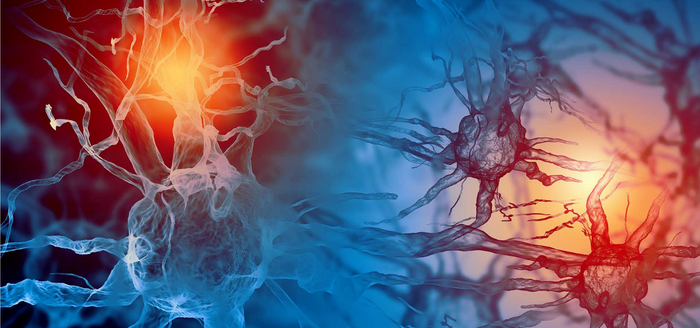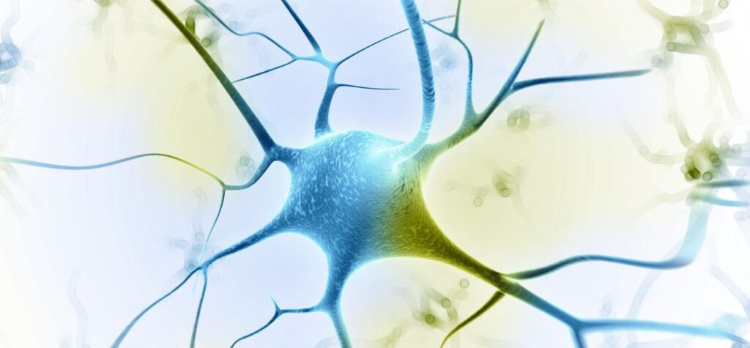
Ultrasensitive Detection of Neurofilament Light Assesses the Neurological Impact of Cardiac Surgery
Research review
Cognitive dysfunction is a common side-effect of cardiac surgery. With the advent of high throughput, highly sensitive biomarker assays, Brown et al1 at Johns Hopkins Hospital sought to correlate circulating levels of the neural distress protein, neurofilament light (NfL), with neurocognitive outcomes post-surgery.
Can circulating levels of Neurofilament light predict neurological outcomes for patients undergoing cardiac surgery?
Ten to forty percent of cardiac surgery patients suffer neurocognitive dysfunction in the first 3 months following their procedures. After a year, 5 to 25 percent are still affected by delirium, memory deficits, and related issues. Researchers and clinicians remain uncertain about the exact cause of the cognitive issues arising from cardiac surgery.
Neurofilament light (NfL) is a neuronally expressed cytoskeletal protein that associates with neurofilament medium and neurofilament heavy to form functional neurofilaments. This triumvirate of proteins is critical to the structural support of neuronal axons. Neurofilaments can be released into circulation as a consequence of neural injury or degeneration. In fact, elevated plasma neurofilament light levels have been associated with traumatic brain injury, multiple sclerosis, frontotemporal dementia, and other neurodegenerative diseases.
Given this background, Brown et al1 asked whether NfL could serve as a reliable biomarker for the neurological effects of cardiac surgery.

Their Approach: NfL blood test and cognitive testing at baseline and post-operative
Researchers sampled a total of 167 cardiopulmonary bypass patients for NfL in the blood pre-operatively (baseline). They collected these samples at 1 day, 1 month, and 1 year post-operatively. Their surgical procedures were performed in such a way that central nervous system perfusion held steady, even if blood pressure varied. Researchers performed additional cognitive tests to coincide with the NfL assays.
The Findings: The effect of surgery on NfL levels may be a good prognostic tool for later cognitive ability
The researchers found that baseline concentrations of NfL were present in the low picogram/ml range before surgery and saw a moderate increase immediately after surgery. Over the course of the investigation, researchers noticed that patients with high pre-operative levels of NfL who experienced a post-operative lowering of this biomarker had better cognitive function after a year. Conversely, patients with average or lower baseline levels of NfL who experienced a great post-operative increase in this marker were more cognitively compromised after one year. In both cases, there was no correlation between the change in NfL levels from baseline to 1 day after surgery and the change in cognitive scores from baseline to 1 month after the procedures.

Conclusions: NfL levels may indicate the patients who can most benefit from cardiac surgery
Researchers have typically concentrated on neuron-specific enolase, S100b, and kynurenic acid as possible biomarkers of perioperative cognitive disorders2. However, measuring NfL levels in this study yields interesting insights for post-operative neurocognitive outcomes. The findings suggest that the patients who experienced post-operative lowering of their NfL levels and subsequent improvement in cognitive function suffered from neurological deficits caused by their compromised cardiac function. Those patients who experienced significant post-operative increases in their NfL, and an eventual decrease in their cognitive function, most likely suffered adverse neurological effects from the procedure itself.
Perhaps, researchers can employ baseline NfL to determine patients who may enjoy cognitive benefits from cardiac surgery and patients who may lose ground because of it. More work needs to be done with NfL alone and in concert with other interventions3 to gain a full understanding of this phenomenon.
Technical Highlight: How they measured NfL
Researchers measured harvested plasma neurofilament light using Quanterix’s Single Molecular Array NF-Light™ Assay technology on the HD-X™ platform. This ultrasensitive assay utilizes a combination of monoclonal antibodies and magnetic bead technology to deliver reliable analytical sensitivity of less than 1 pg/ml.
Read about Quanterix’s HD-X™ Automated Immunoassay Analyzer, the Simoa® NF-LIGHT™ assay, and the Simoa® Technology that drives it all.
References
- Brown, C.H. et al. Perioperative Neurofilament Light Plasma Concentrations and Cognition before and after Cardiac Surgery: A Prospective Nested Cohort Study. Anesthesiology Vol. 137, 303–314 (2022).
- Ji, L. and Li, F. Potential Markers of Neurocognitive Disorders After Cardiac Surgery: A Bibliometric and Visual Analysis. Front. Aging Neurosci. 14:868158 (2022).
- Luo, G. et al. Metabolic reprogramming mediates hippocampal microglial M1 polarization in response to surgical trauma causing perioperative neurocognitive disorders. Journal of Neuroinflammation 18:267 (2021).